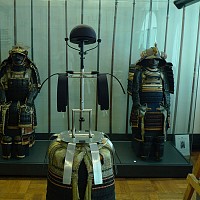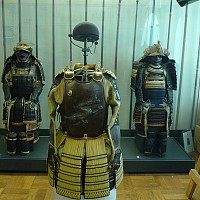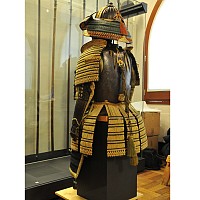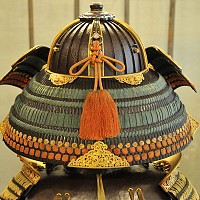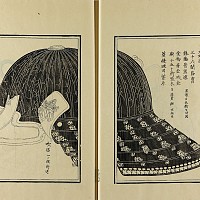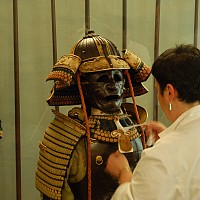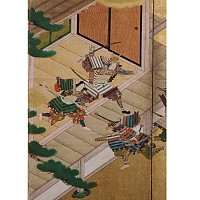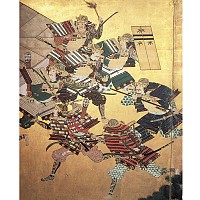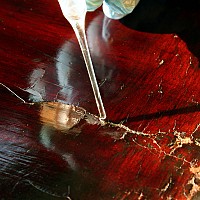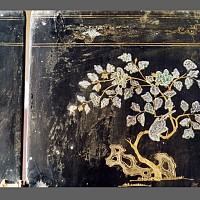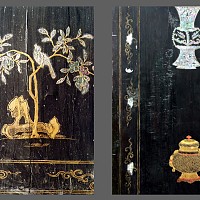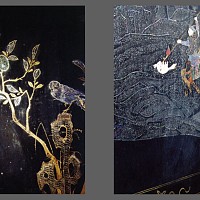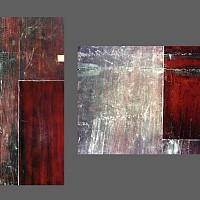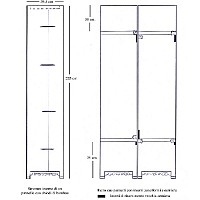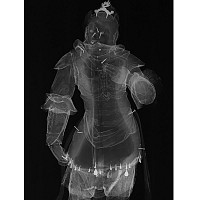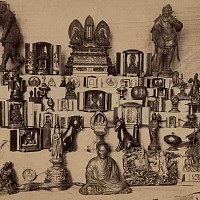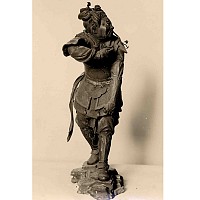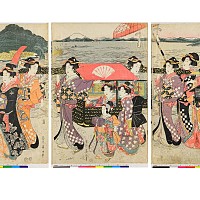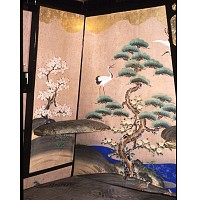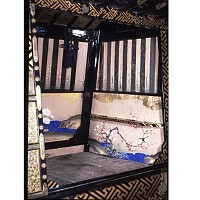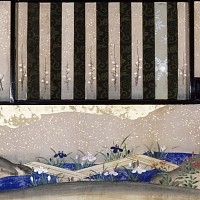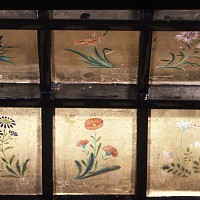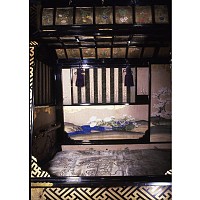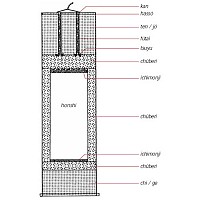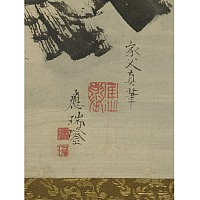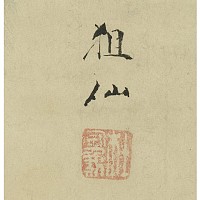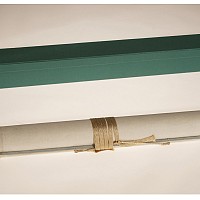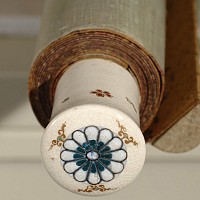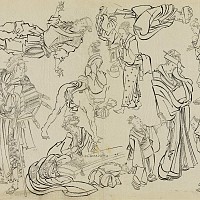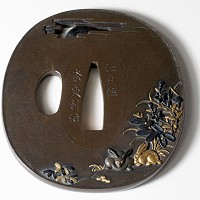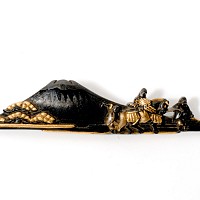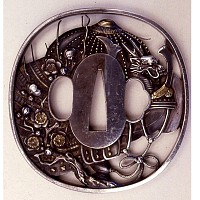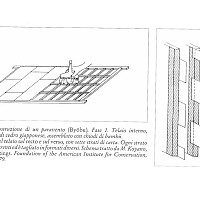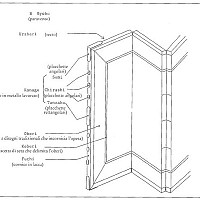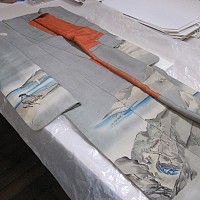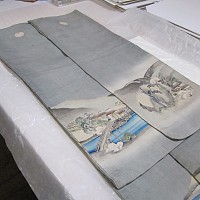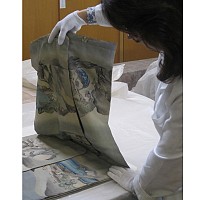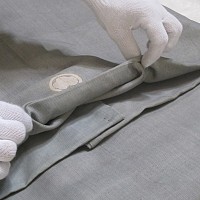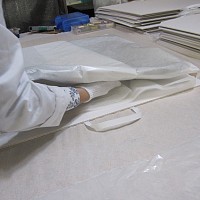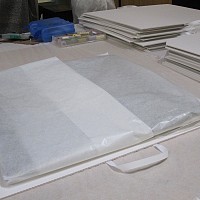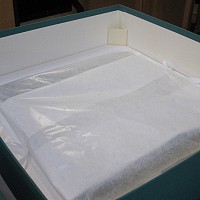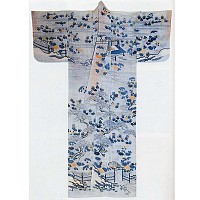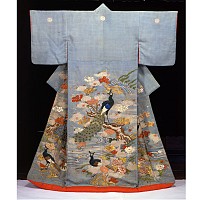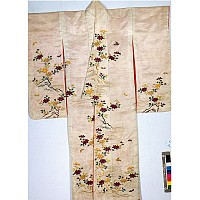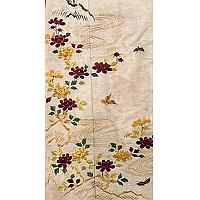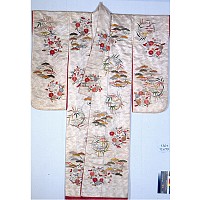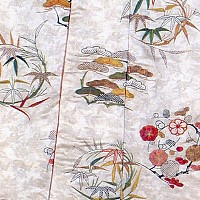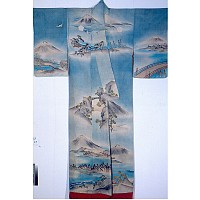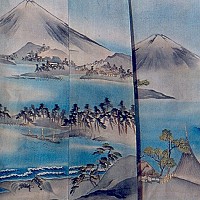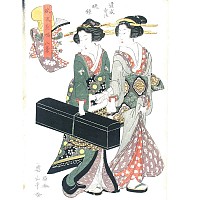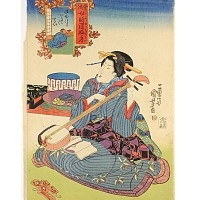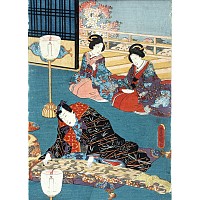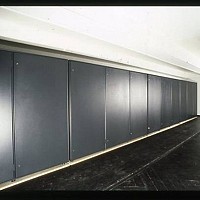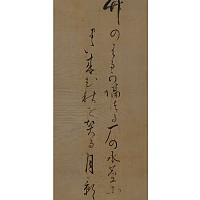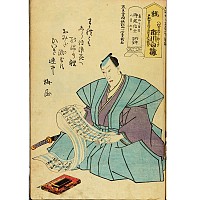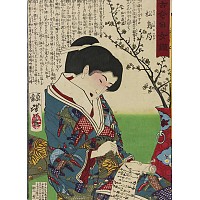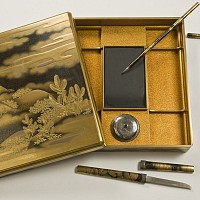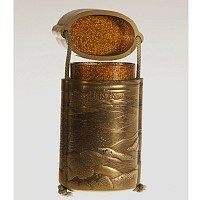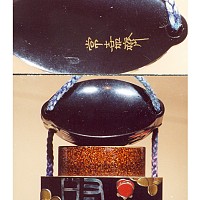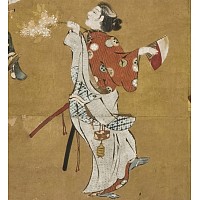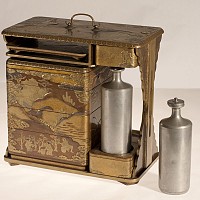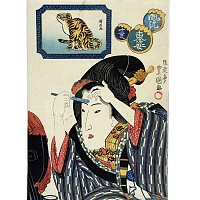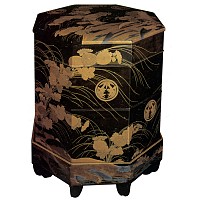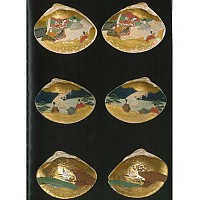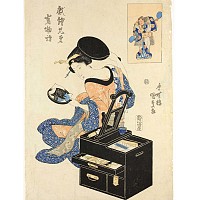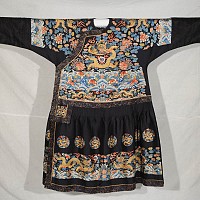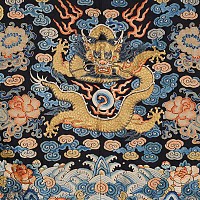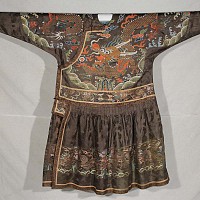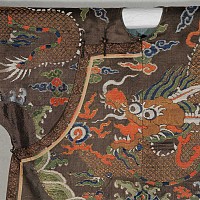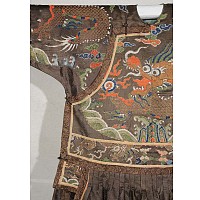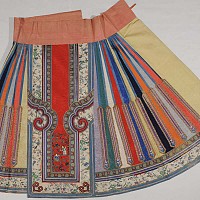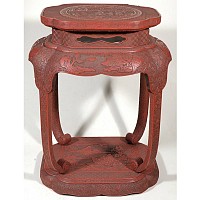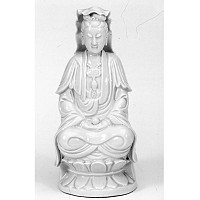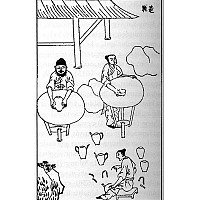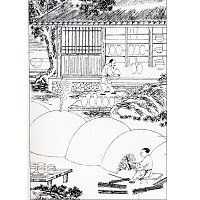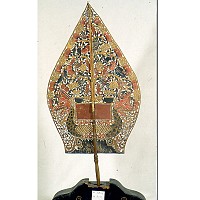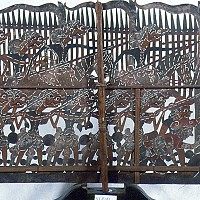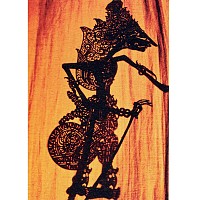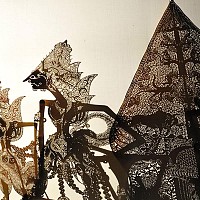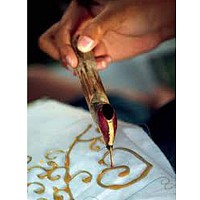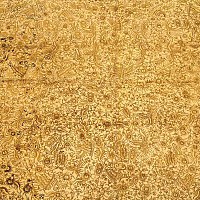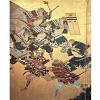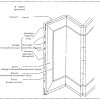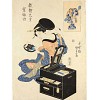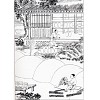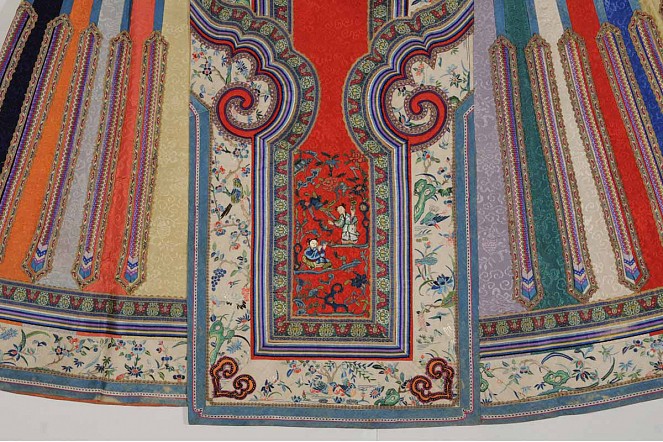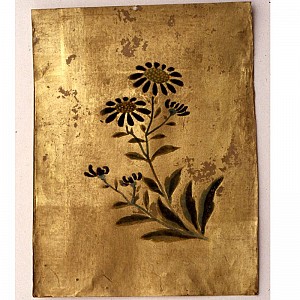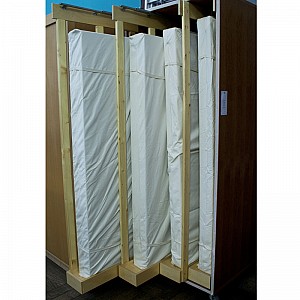Room XII
Welcome to Room 12, dedicated to China. The set-up, preserved since 1928, follows as an example of the original outfitting by Nino Barbantini. In the middle of the room, on a beautiful Chinese carved piece of furniture, Jade vases and incense burners are positioned, each on a wooden base. The traditional set for incense includes a container for slivers of sandalwood or grains of incense, a vase for tongs and spatula, and a censer (where the incense is burned). Down there is a Ruyi scepter, used for Buddhist ceremonies. Eventually these scepters entered into the court where they served many functions: symbol of rank, prestigious gift, decoration.
The porcelain, produced in China since 300, aroused the envoy of European potters during the 16th century. Although its composition remained a precious secret, it is know that the porcelain contained a white clay (kaolin) and a feldspathic material. Saxon Augustus the Strong held the alchemist Johann Friedrich Böttger in prison for a long period of time in an attempt to obtain the composition of the “white gold”. Böttger finally discovered the secret of the porcelain in Dresden in 1790.
On the dry body of the vase, not yet put into the flame, the decoration was painted quickly because of the absorbing surface of the ceramic. Many decorated vases were put into the fire twice: the first time at very high temperature (over 1300°), and the second time after the varnish decoration at lower temperature (nearly 800°). In Southern China the most popular kilns (ovens) were a dragon shape: they were 80 meter long and allowed the contemporary baking of huge quantity of pottery. Inside the kiln, following the inclination of a slope, a series of connected chambers were built, and at the base of the slope was the fire nourished by wood. During the baking, the pottery was closed in clay containers to avoid any impurities or a change in temperature.
Showcases 1 and 2, lay on original Chinese tables and contain two large vases belonging to the famille noire (black family), dating back to the Kangxi era (1662-1722). The porcelain objects are often classified as a “family” when one colour is more widespread than the others in the decoration or in the background. In this room, for example, we can see near the entrance wall, a beautiful green family. Extremely interesting are the monochrome wares (blue, green, and red) whose production was often much more expensive than other types.
At the entrance wall there are also some examples of the particularly famous white and blue ware. In the beginning this kind of decoration, exported in large amounts, was considered vulgar by the Chinese upper class that loved monochrome ware. Only in the 15th century did the court start to appreciate the white and blue ware, and it finally became typical of the entire Chinese production. The showcase between the windows contains some ivory white wares, Pai-T’zu, produced in Dehua, they are smooth like silk and almost oily to the touch. The ivory objects represent religious images, above all Guanyin, the bodishattva associated with compassion, often represented as female. In the storage of the museum there are also beautiful Chinese red lacquer objects, pieces of furniture, and ceremony dresses for males and females, dating back to the Qing era (1644-1911).


